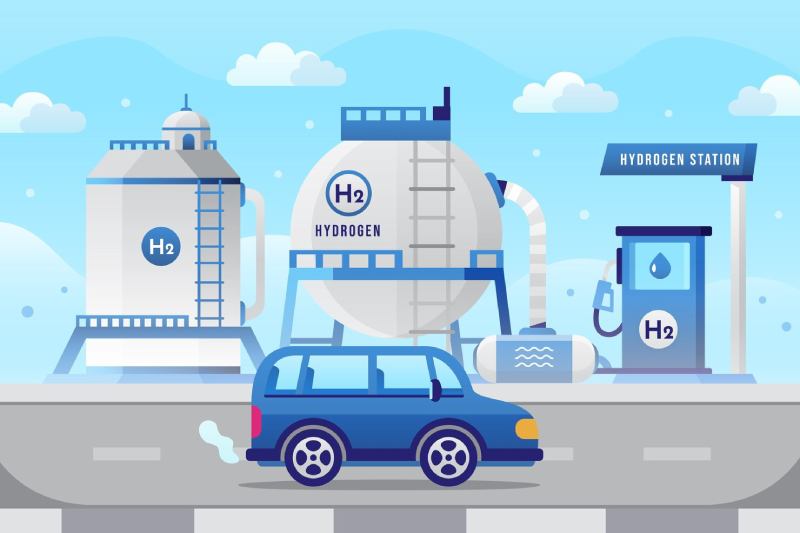Vietnam, a rapidly developing Southeast Asian nation, has positioned itself as a regional leader in renewable energy adoption. As of the end of 2023, the country’s total installed power capacity reached approximately 80,555 MW, marking a significant increase from previous years. The energy mix comprises of coal-fired thermal power at over 26 GW (33.2 per cent), hydropower (including small-scale) at over 22 GW (28 per cent) and wind and solar power making up for approximately 21 GW (27 per cent).[1]
Vietnam’s commitment to sustainable energy is evident in its ambitious targets. The government aims to achieve net-zero carbon emissions by 2050, with a significant increase in renewable energy’s share in the power mix.[2] This transition is supported by substantial investments in renewable energy infrastructure and the development of supportive policies to attract both domestic and foreign investors.
Recognizing the potential of hydrogen in achieving its decarbonization goals, Vietnam has set forth an ambitious hydrogen development strategy. The country plans to produce between 100,000 and 500,000 metric tons of hydrogen annually by 2030, escalating to 10–20 million tons by 2050. [1] The focus is primarily on green hydrogen, produced through renewable energy-powered electrolysis.
Hydrogen applications are envisioned across various sectors, including power generation, transportation and industries. By 2050, hydrogen is expected to contribute to 10 per cent of the country’s electricity generation. [2]
Vietnam has officially adopted a national Hydrogen Energy Strategy as part of its broader commitment to achieving net-zero carbon emissions by 2050. The strategy, effective from February 2024, outlines a roadmap for developing a comprehensive hydrogen ecosystem that includes production, storage, transportation, distribution, and utilization. By 2030, Vietnam aims to produce between 100,000 and 500,000 tons of hydrogen annually, primarily through the adoption of advanced global technologies and the integration of carbon capture, storage, and utilization (CCS/CCUS) with hydrogen production from fossil fuels like coal and natural gas.
Looking ahead to 2050, the country envisions scaling up hydrogen production to between 10 and 20 million tons per year. The strategy emphasizes mastering and localizing hydrogen and CCS/CCUS technologies, establishing a robust industrial ecosystem for renewable and green hydrogen, and positioning Vietnam as a regional hub for hydrogen exports. To achieve these goals, the government plans to foster public-private partnerships, create supportive regulatory frameworks, and engage in international cooperation for technology transfer and market development. This strategy marks a significant step in Vietnam’s transition to a cleaner, more sustainable energy future.
The strategy emphasizes integrating hydrogen development with the national energy transition roadmap, ensuring alignment with global technological advancements and market trends.

Vietnam possesses significant renewable energy resources:
While Vietnam currently lacks a domestic manufacturing base for hydrogen technologies, the government’s strategy includes: [1]
Vietnam is witnessing a surge in green hydrogen project proposals: